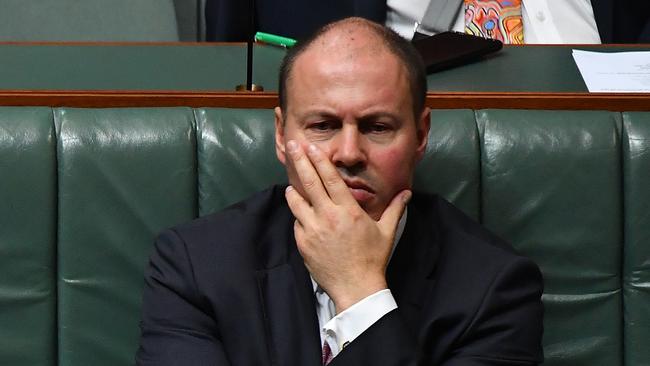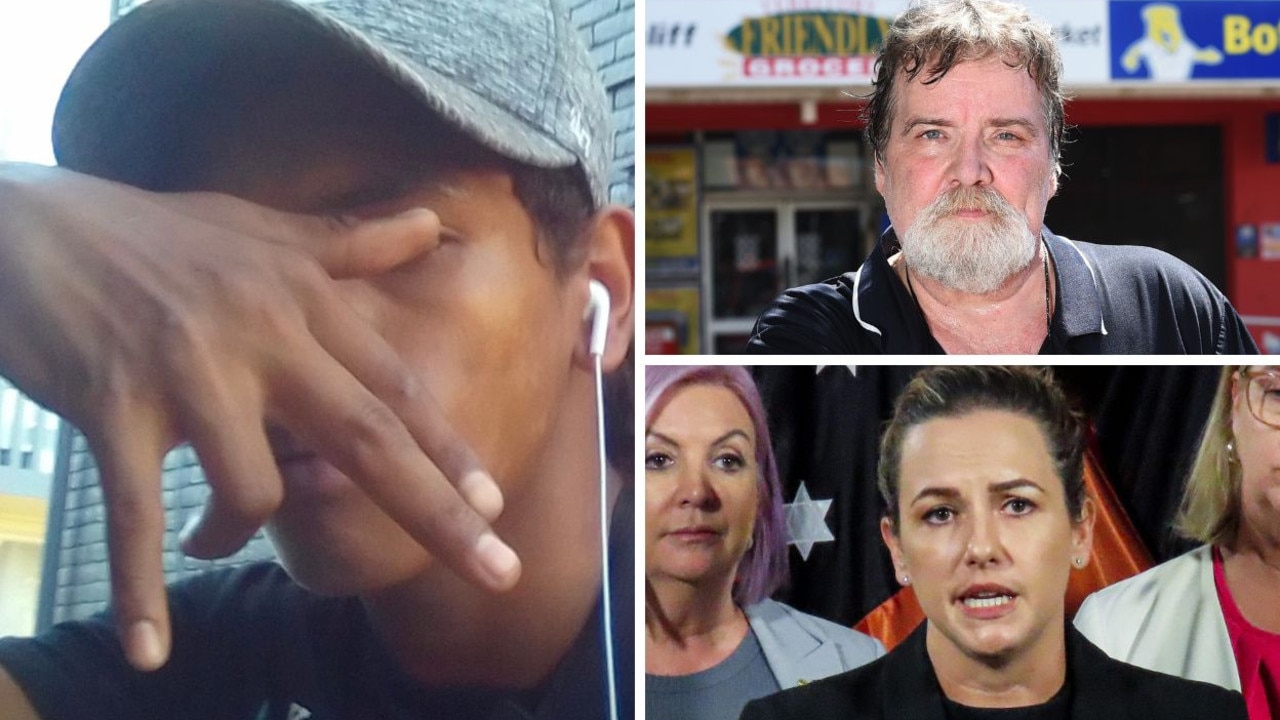One in five arts workers still depending on JobKeeper
More than one in five arts and recreation workers were still depending on JobKeeper at the end of January, according to new Treasury data.

More than one in five arts and recreation workers were still depending on JobKeeper at the end of January, according to new Treasury data.
Ahead of the scheme expiring at the end of this month, the new figures confirmed the great strides made in getting Australians back to work and off emergency support, but also how heavily certain segments of the economy still relied on wage subsidies.
While the figures painted a picture of an arts sector still needing support, the progress was undeniable as one in every two workers was receiving a wage subsidy in September.
From a peak of over 3.75 million employees and sole traders receiving JobKeeper during the initial period between April and September, as at January 31 that number had dropped by 72 per cent to 1,034,100 recipients, the figures showed. The number of businesses on the wage subsidy scheme peaked at over 1 million during JobKeeper 1.0, and had dropped to 370,000 by the end of January.
Josh Frydenberg said the latest Treasury numbers confirmed that the recovery was “broad-based across all states, regions and industries”.
The next most reliant industries on JobKeeper was administration and support services, at 18.5 per cent of pre-COVID employment, and rental, hiring and real estate services, at 15.2 per cent — down from 45 per cent and 52 per cent, respectively, during the initial phase of payments.
With household spending booming despite the pandemic, in part due to massive fiscal support, only 4.4 per cent of retail trade workers, or 55,428 individuals, were on JobKeeper at the end of January, versus an average of 25 per cent between April and September. Similarly, the number of wholesale trade workers receiving a wage subsidy fell from 44 per cent of total industry employment, to 7.2 per cent.
The latest figures revealed the highest number of individual recipients were in Victoria, which suffered a traumatic second lockdown as the rest of the country was easing its restrictions.
There were 65 per cent fewer Victorian workers receiving the wage subsidy between September and January — falling from 1.2 million to 389,000.
Over the same period, the number of recipients in NSW fell by 73 per cent, from 1.2 million to 330,000, and in Queensland by 77 per cent, from 728,500 to 169,000.
“We know that some families and businesses are still doing it tough and our message is that the government continues to have your back,” the Treasurer said.




To join the conversation, please log in. Don't have an account? Register
Join the conversation, you are commenting as Logout